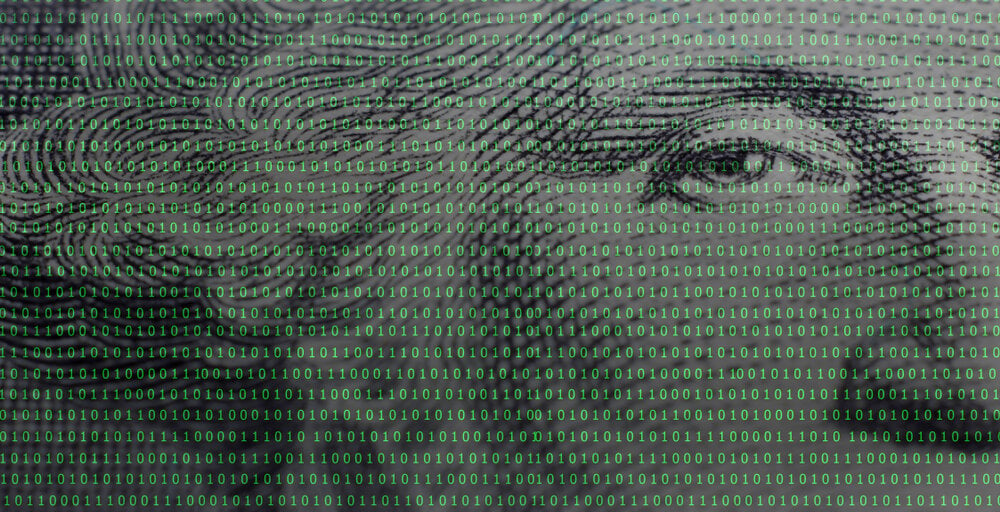Ethereum
90% of Ethereum, Tron and Solana Stablecoin transactions are “inorganic activities”, according to Visa

Nearly all stablecoin transactions are linked to “inorganic activity,” according to payments giant Visa and enterprise blockchain data provider Allium.
Companies launched a new data dashboard designed “to eliminate potential distortions that can arise from inorganic activity and other artificial inflationary practices,” and its adjusted figures reveal that more than 90% of transactions tracked occur without human involvement.
The dashboard tracks Tether’s eponymous USDT, Circle’s USDC, Paxos’ USDP, and PayPal’s PYUSD. All are pegged 1:1 to the US dollar and maintain reserves in cash or similar (US Treasury bills) to guarantee their tokens. Visa does not attribute “inorganic activity” to any particular stablecoin, but comparing the adjusted and unadjusted numbers sheds a harsh light on the rarity of humans initiating stablecoin payments.
For example, Visa reports that $51.6 billion in stablecoin transactions were processed on Sunday, May 5. This is the unadjusted figure. When the data is adjusted to remove so-called inorganic activity, that figure drops to $4.6 billion.
The Visa data analysis was conducted, at least in part, in response to a Coin Metrics chart circulating on Twitter, claiming that the stablecoin was catching up with established settlement networks.
In a blog post Last week, Cuy Sheffield, head of crypto at Visa, argued that transactions initiated by smart contracts – without any explicit human involvement – are not directly comparable to the type of transactions processed by traditional payment processors.
“For example, developers can create automated bot programs that perform activities such as stablecoin arbitrage, liquidity provision, and market making, among others,” he wrote. “These activities are vital to supporting the growing decentralized finance (DeFi) ecosystem. However, on-chain transactions resulting from interactions with these automated programs do not resemble settlement in the traditional sense.”
Other notable data points emerged from the analysis. According to Visa, USDC usage has seen marked growth over the past eight months.
As of September 2023, USDC was used for 23% of all stablecoin transactions analyzed by Visa. But by the end of the year, that usage rate had more than doubled, exceeding 50% of all stable transactions – up to 60% in February – every month since December, according to Visa.
